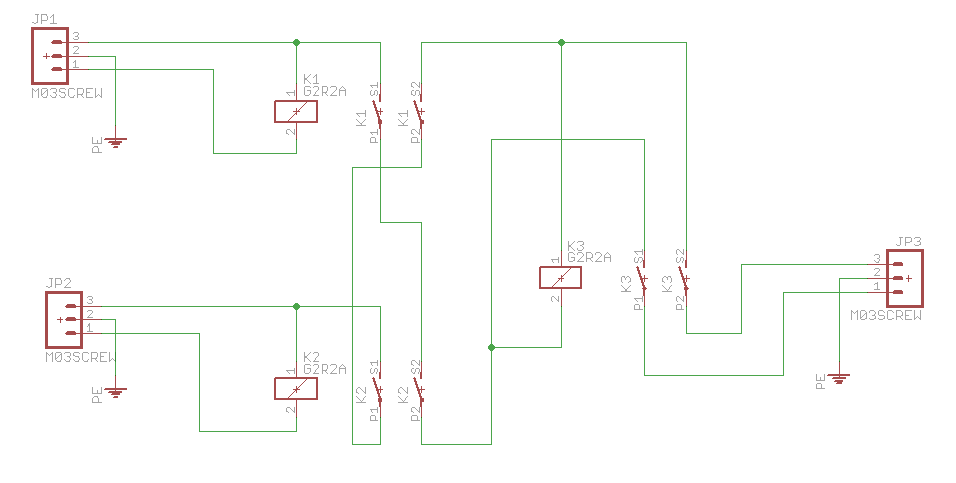Michael Bornstein said:
Herr Prof. Dr. Helmholtz:
(I apologize for the salutation but I am also a physicist and physician)

Can you provide a schematic of your mini Quick240 and also identify the relays. I looks like a nice project. :ugeek:
Herr Prof. Dr. Bornstein,
Hermann von Helmholtz is my favourite of the universal scientists in part because he's a physician physicist; I chose the name eHelmholtz for electronic Helmholtz. I like history.
The quick240 or easy240 device is based on a schematic that was posted on the LEAF forum by Phil Sadow of EVSEuprade. This is a direct link to schematic that he has posted on his site:
Notice that he uses SPST relays but some of us chose SPDT relays; I chose them cos they were cheaper. Also, he uses an LED indicator light which isn't as easy as a neon 240V indicator light.
The relays I used are the MAGNECRAFT 9AS5A52-120 POWER RELAY, SPDT, 120VAC, 30A. You can buy them
here for $5.50 each.
The original thread on the LEAF forum is: http://www.mynissanleaf.com/viewtopic.php?f=26&t=4330

